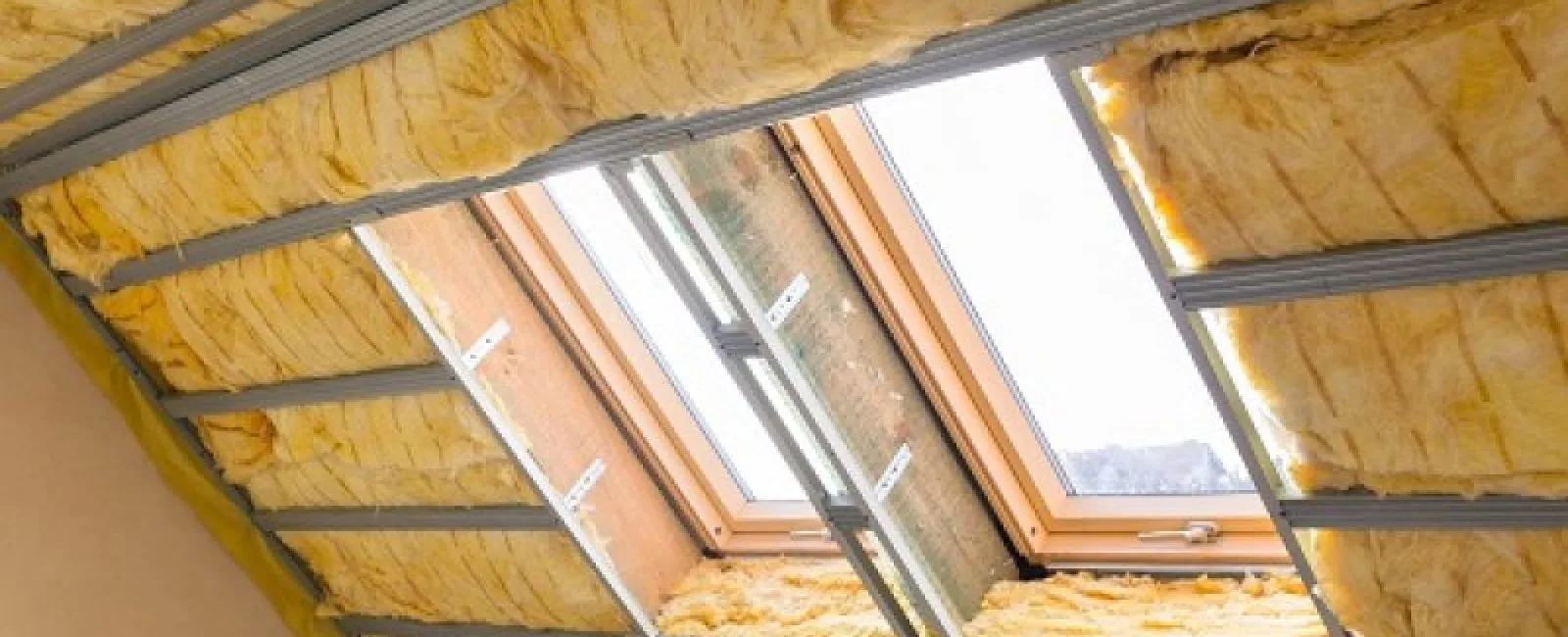Whether you’re building a new home or upgrading your current home, it’s important to understand the different types of insulation and how they can help protect your home from the elements. There are three common varieties: loose-fill, pre-formed, and spray foam. Keep reading to learn more about the options you have available.
Loose-Fill
Loose-fill or blow-in insulation is one of the most common types of insulation. You’re probably familiar with the fluffy pink variety. Loose-fill is applied on the floor of an unfinished attic using a pneumatic blower that shoots the material out of a large hose. Fiberglass is the most common type of loose-fill because it is cheap and easy to install. In recent years, the industry has made a shift away from fiberglass that contains formaldehyde because it has been linked to lung cancer. Today, most fiberglass insulation is made from recycled materials. Over time, however, loose-fill fiberglass will lose its effectiveness. Humidity and extreme cold with cause it to shrink and flatten unlike other materials like cellulose. Cellulose is a made up of recycled paper mixed with fire retardants and borate, a compound that also acts as a pest deterrent. Cellulose is too heavy, however, for most attics unless you use heavy-duty drywall and framing every 16 inches.
Batts and Rolls
In the category of preformed insulation, you have two common forms. Batts are thick, pre-cut squares made of either fiberglass, rockwool, or cotton. Simply place the batt in between the studs of a wall or the framework of an attic floor. Rolls–also called blankets–are similar to batts but instead of preformed squares, they’re available in long runs up to 40 feet in length. Batts are ideal for attic floors or the spaces in between floors. Like batts, they’re easy to handle and install which is why they’re a favorite for small DIY projects. However, you must take certain precautions when using fiberglass. Fiberglass is itchy so wear protective clothing to protect your skin. Compared to fiberglass, rockwool is more fire-resistant but if it gets wet, it can become a breeding ground for mold. Cotton batts and rolls are made from recycled fibers, but they’re usually more expensive compared to fiberglass and rockwool.
Spray Foam
If you want to seal your attic and turn it into a functional living space, spray foam is your best option. Spray foam insulation is made of polyurethane that expands after it’s been applied. Spray foam is preferred for this sort of renovation because it can be applied to the underside of the roof without additional hardware. Open-cell spray foam expands on contact, filling the spaces between studs, joists, and frames to create an airtight seal while closed-cell spray does not expand and requires more material. For small DIY applications, you can also use canned spray foam around pipes and flashing to protect your attic from leaks. For big jobs like sealing an attic, professional installation with specialized equipment is recommended. For help deciding which material is right for your next project, contact the experts.





